Subaru Outback (Topic Ufficiale - 2009)
-
Contenuti simili
-
Subaru - Strong Hybrid 2024 1 2 3
Pubblicato da J-Gian,
- crosstrek 2023
- subaru tecnologia
- (e 5 altri in più)
- 21 risposte
- 1503 visite
-
Subaru Crosstrek 2023 1 2 3 4 6
Pubblicato da Cole_90,
- ibrido subaru
- subaru crosstrek
- (e 5 altri in più)
- 55 risposte
- 10258 visite
-
Subaru XV Crosstrek Hybrid 2013
Pubblicato da Touareg 2.5,
- xv crosstrek hybrid 2013
- subaru xv
- (e 5 altri in più)
- 4 risposte
- 2262 visite
-
-
-

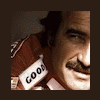
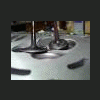



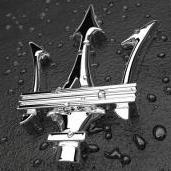



.thumb.jpg.902d2a4f20a129e92b6f6920407b81bd.jpg)




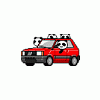

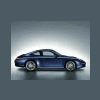


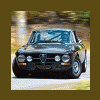
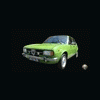

.thumb.jpg.46228d717c405acd43b45b79fddce6a4.jpg)



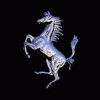

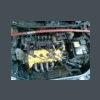
.thumb.jpg.d20c5008a881490f9c7f843d442a34f8.jpg)

Messaggi Raccomandati:
Crea un account o accedi per lasciare un commento
Devi essere iscritto per commentare e visualizzare le sezioni protette!
Crea un account
Iscriviti nella nostra community. È facile!
Registra un nuovo accountAccedi
Sei già registrato? Accedi qui.
Accedi Ora